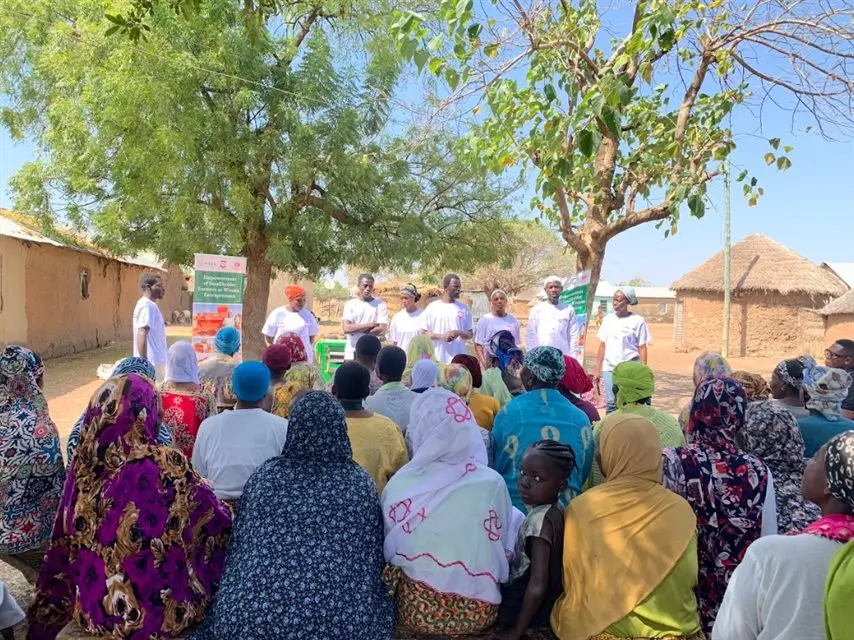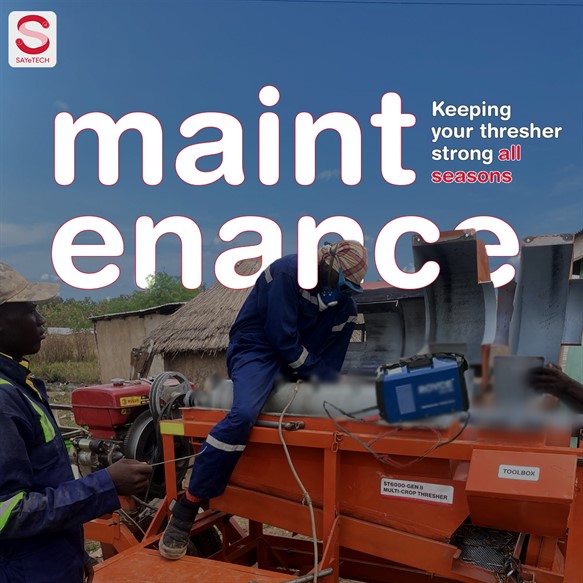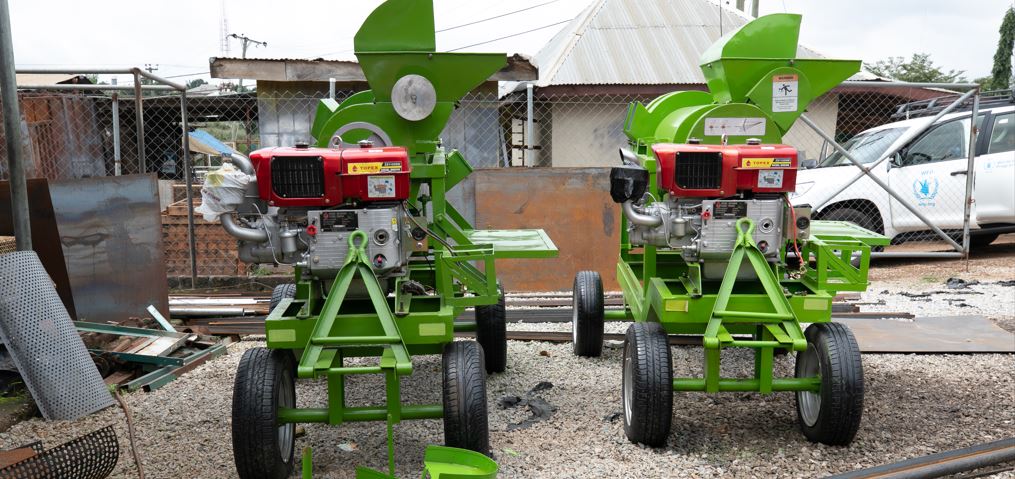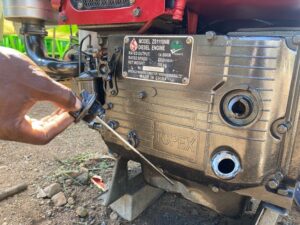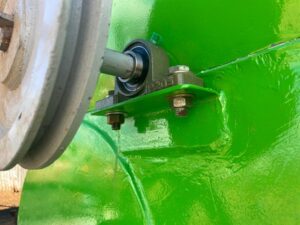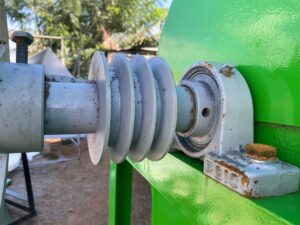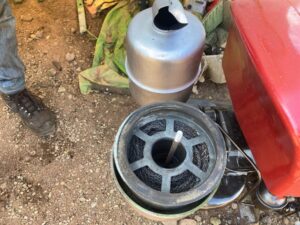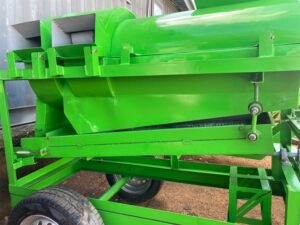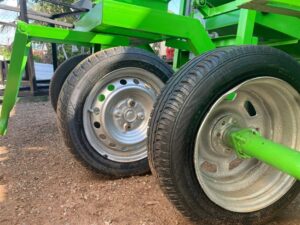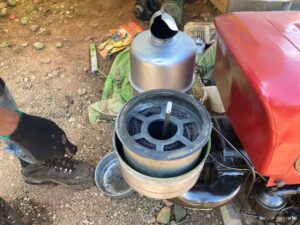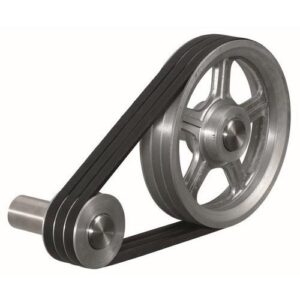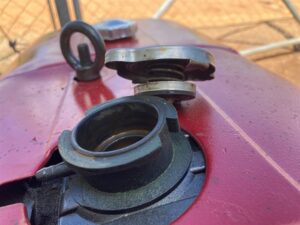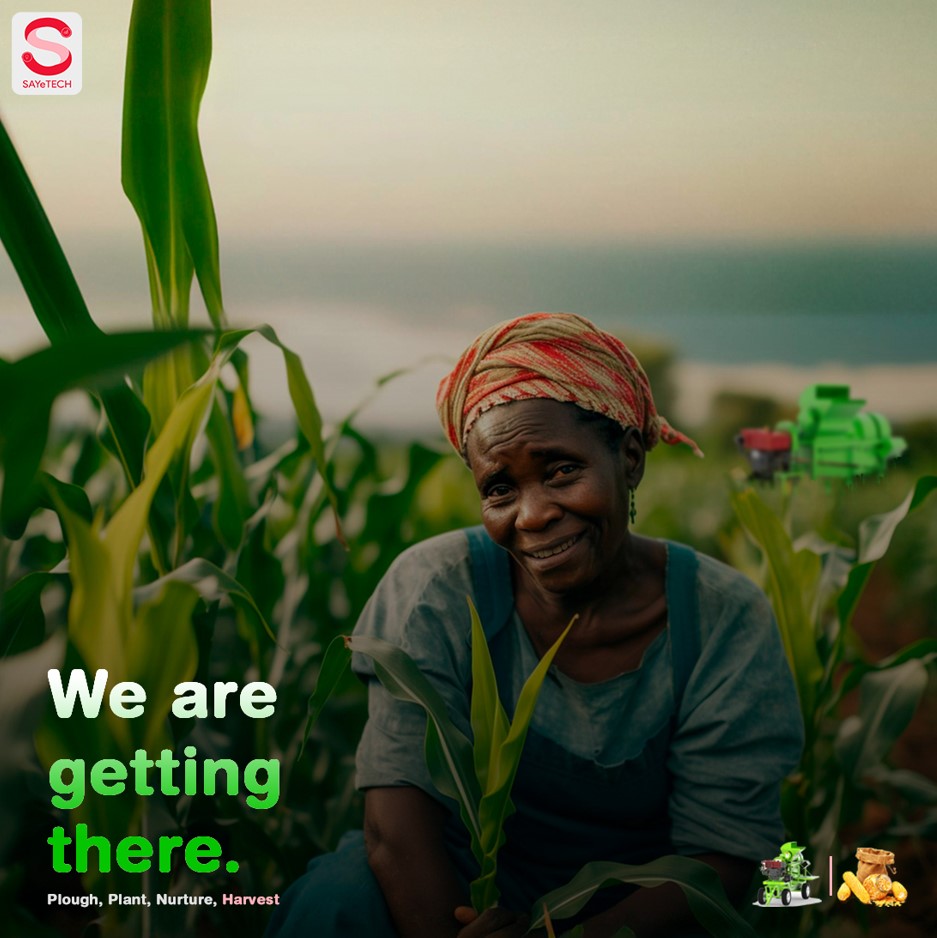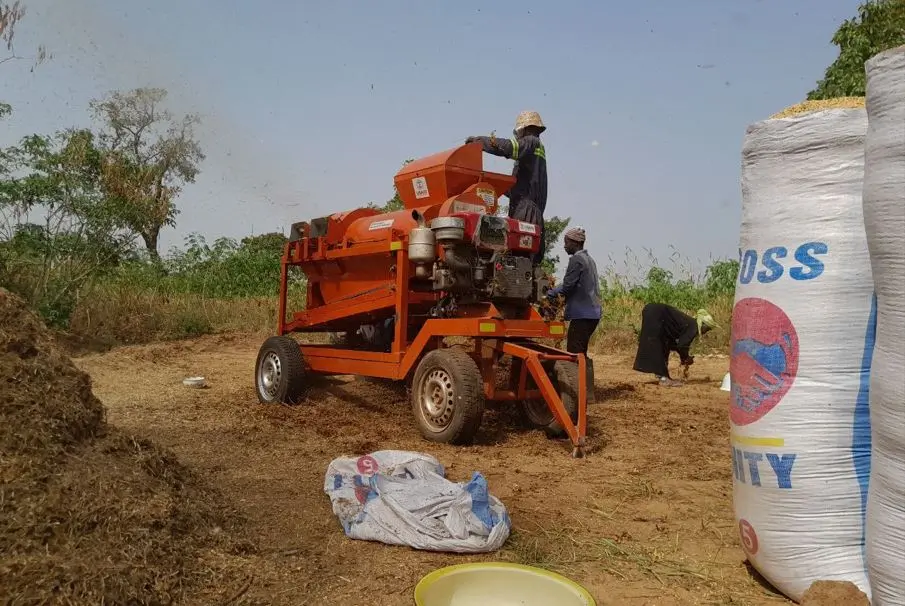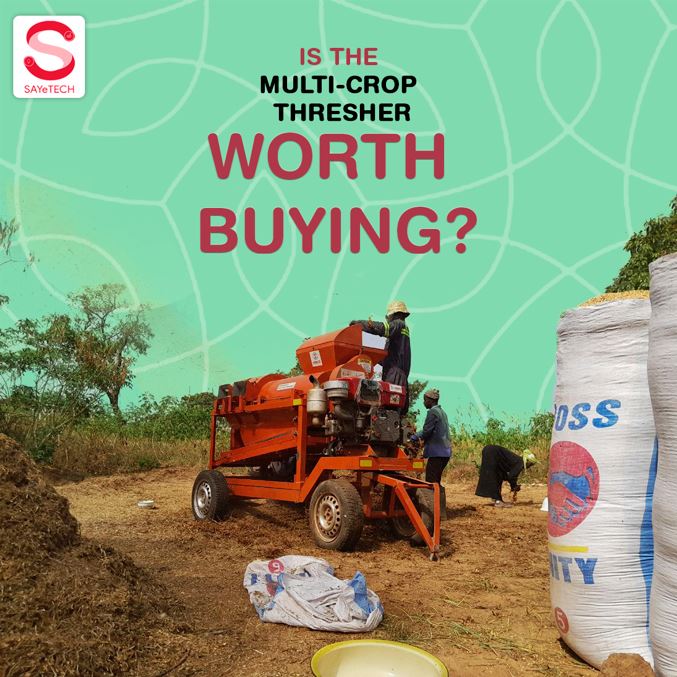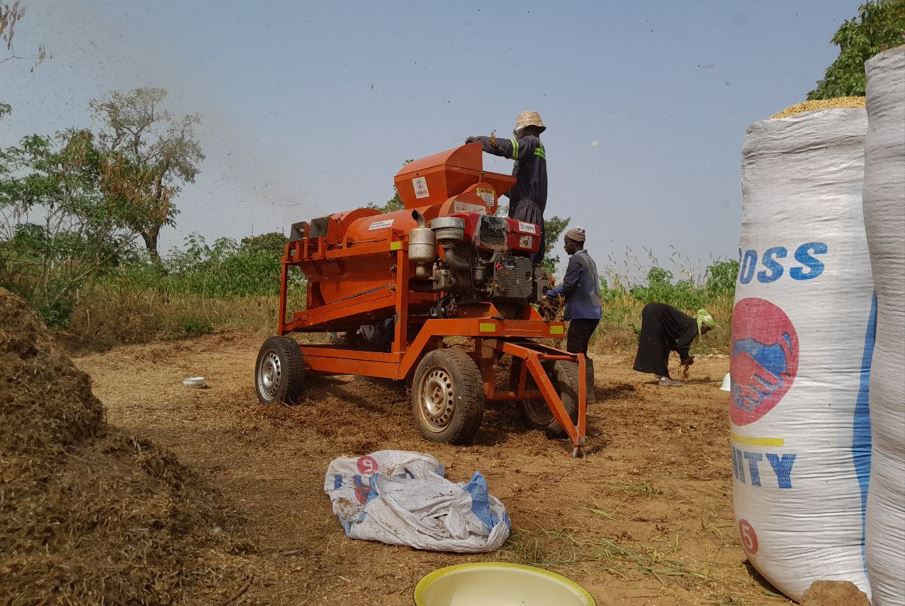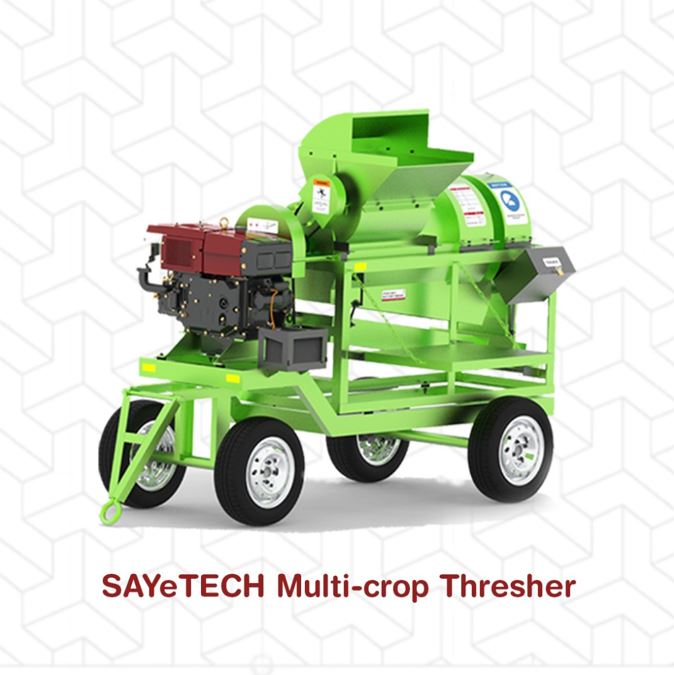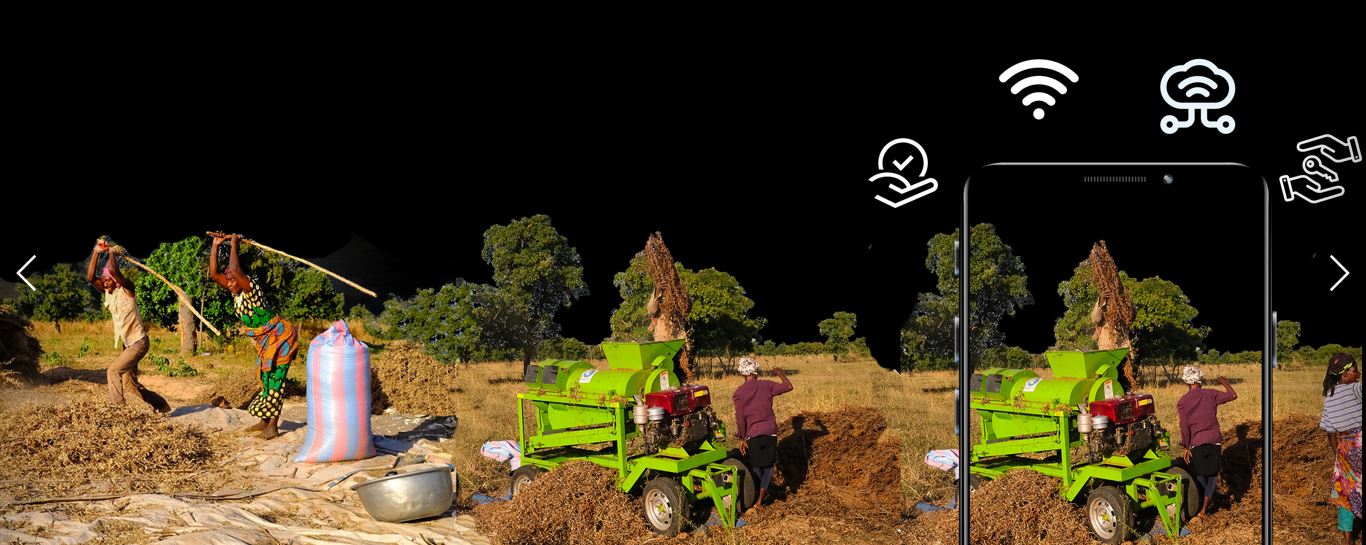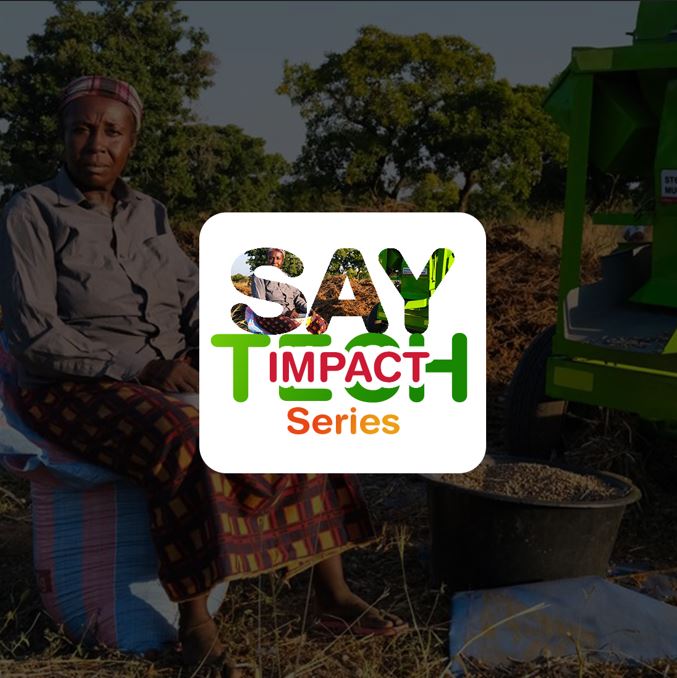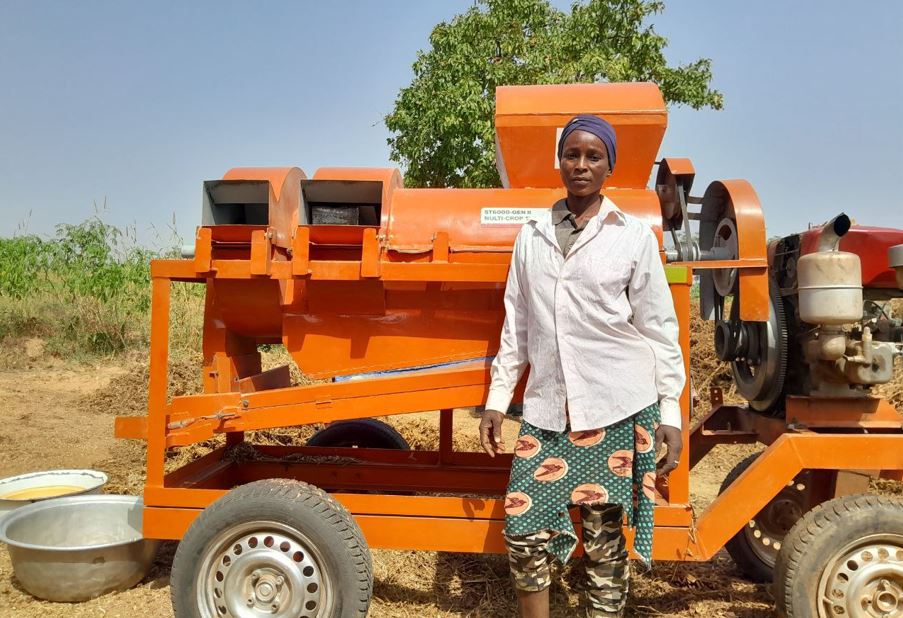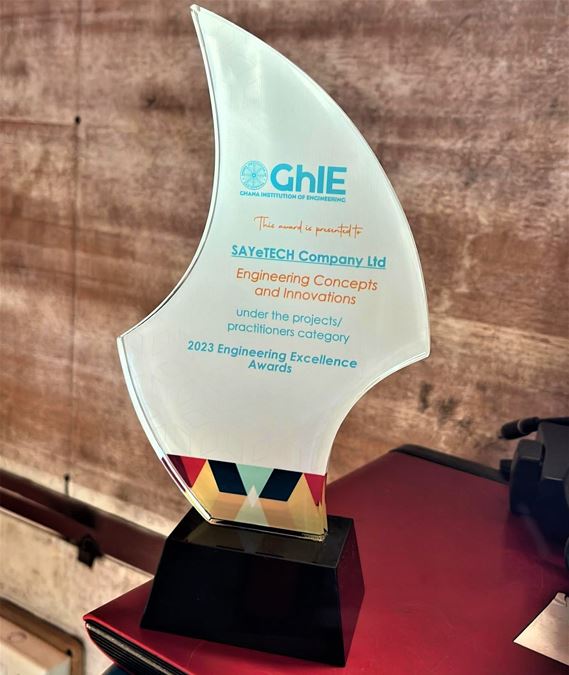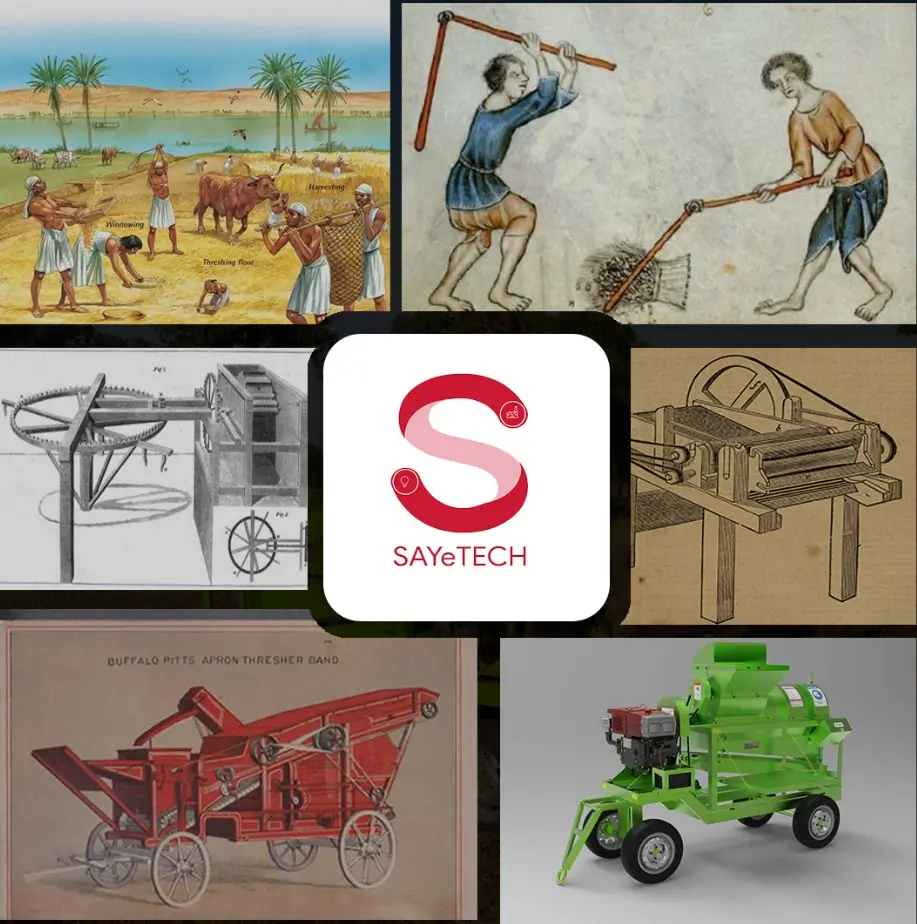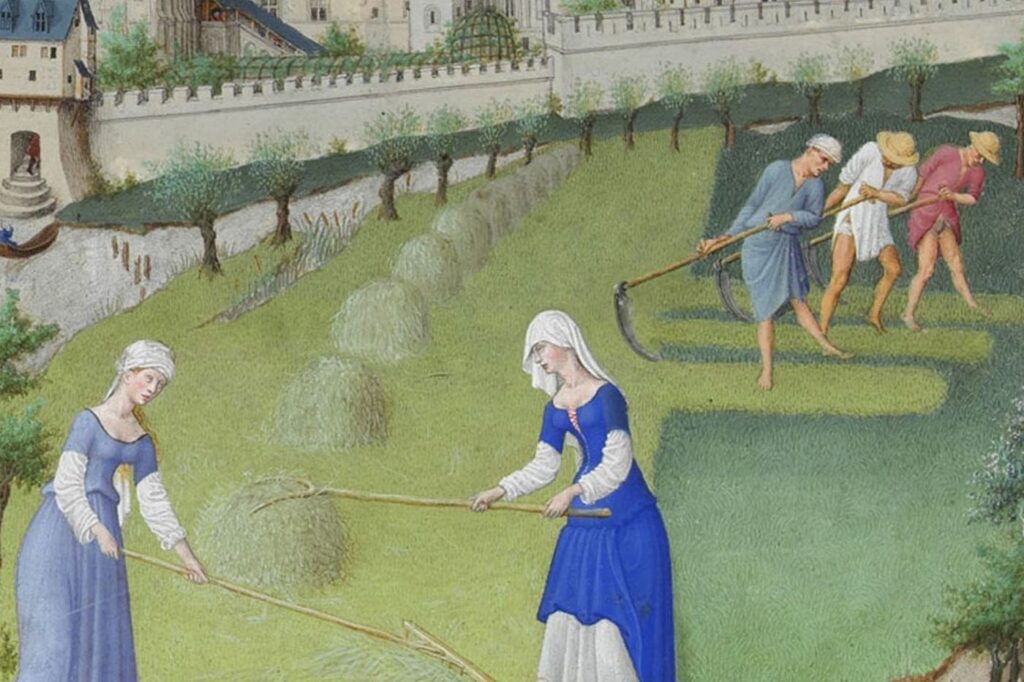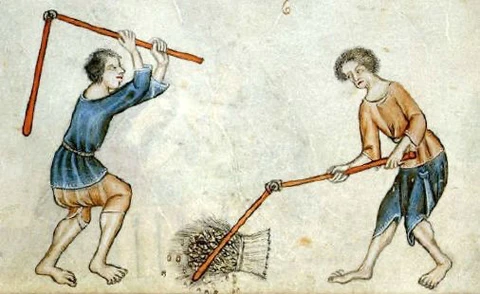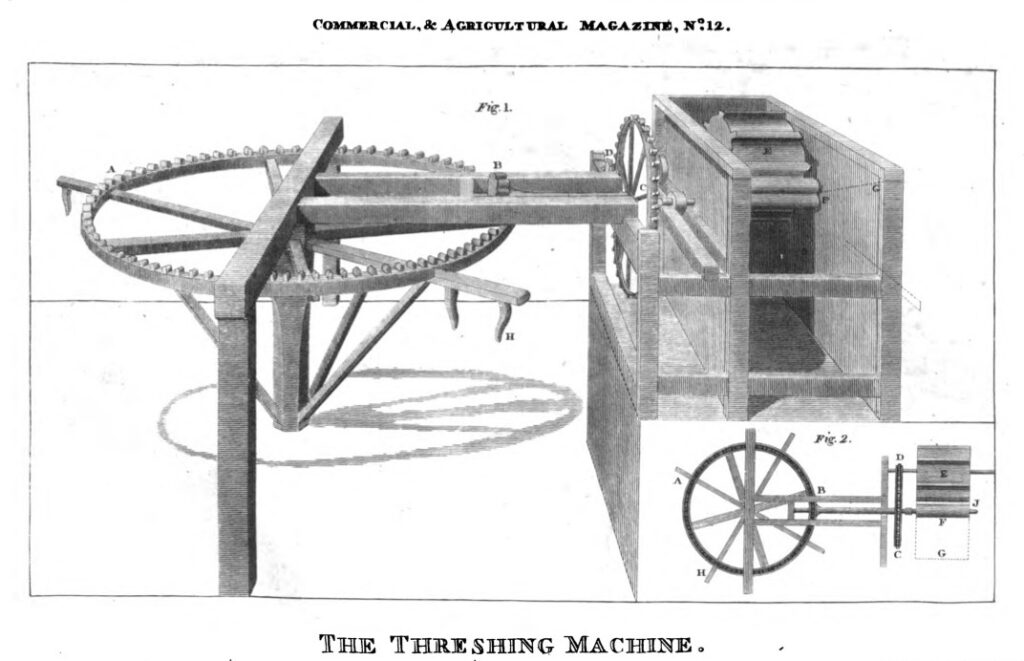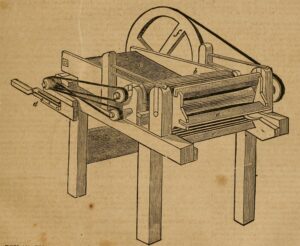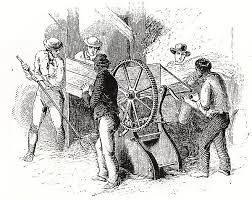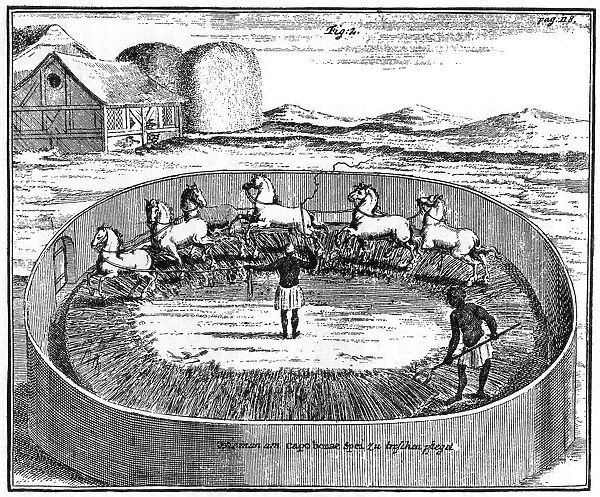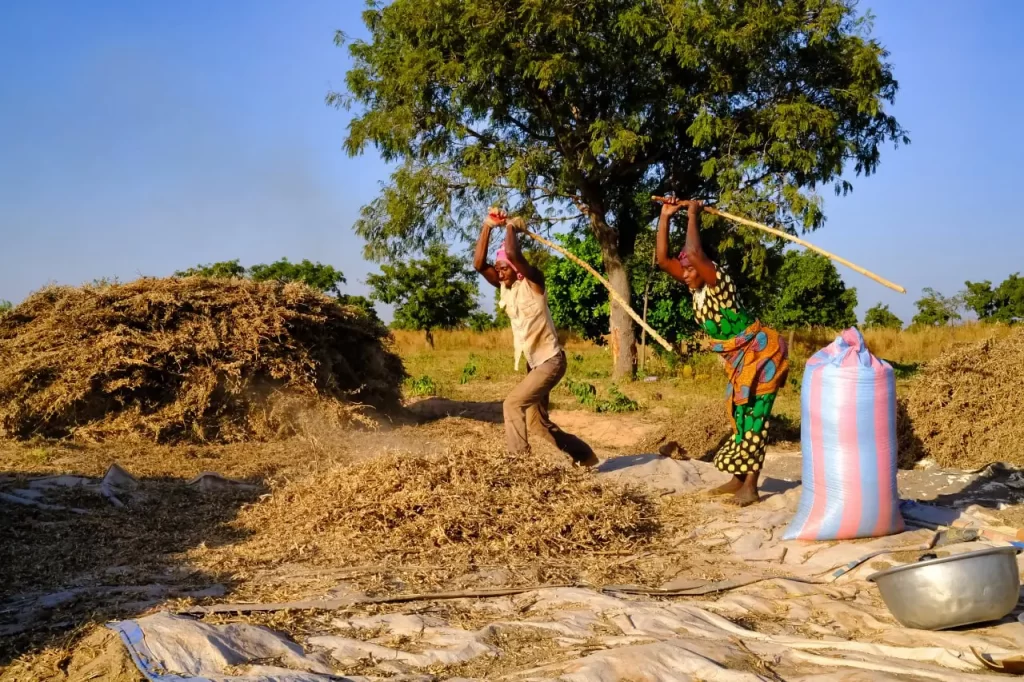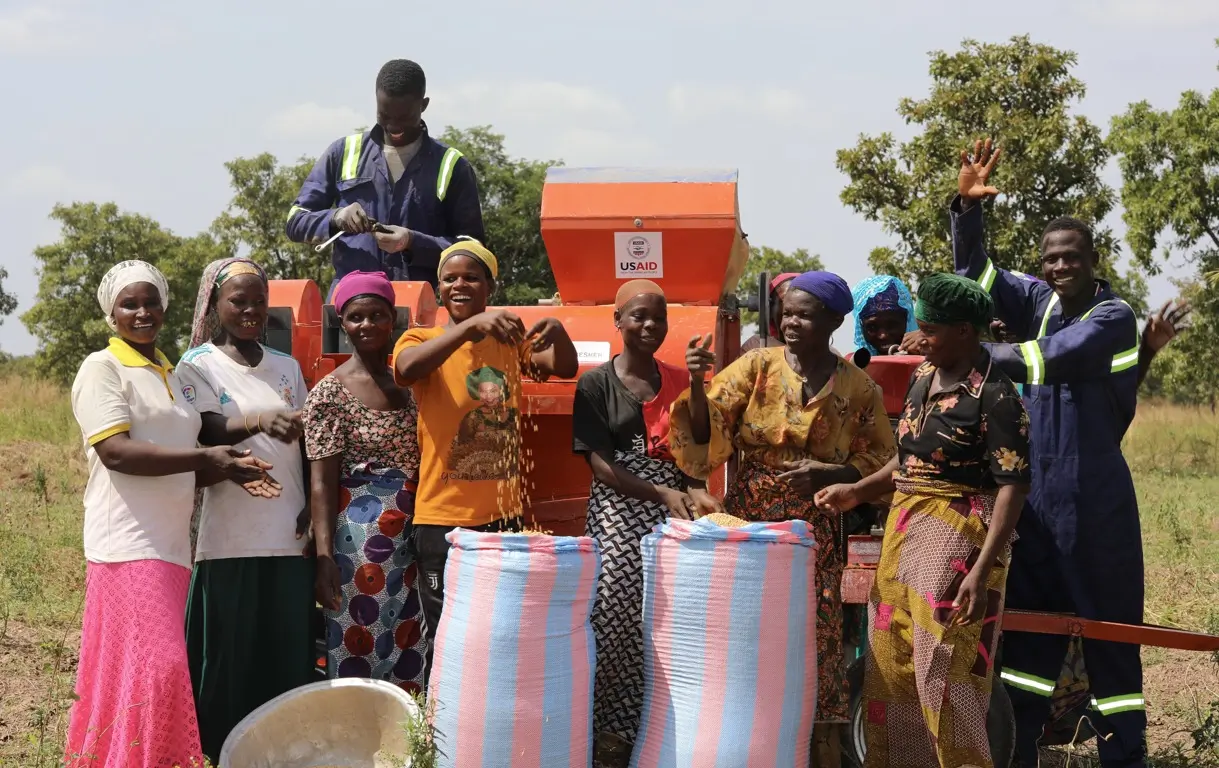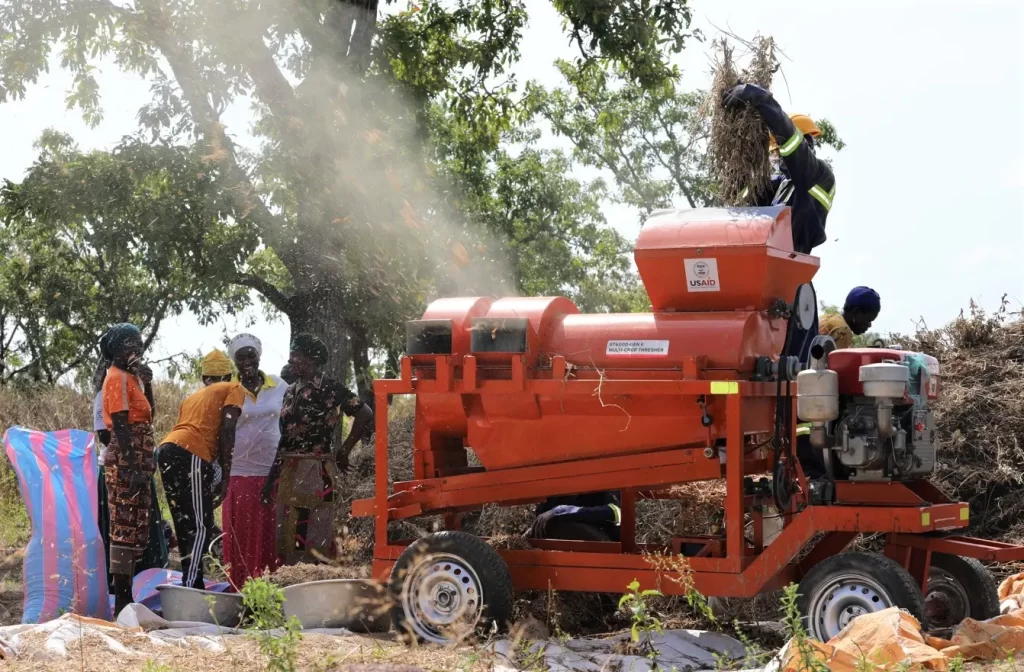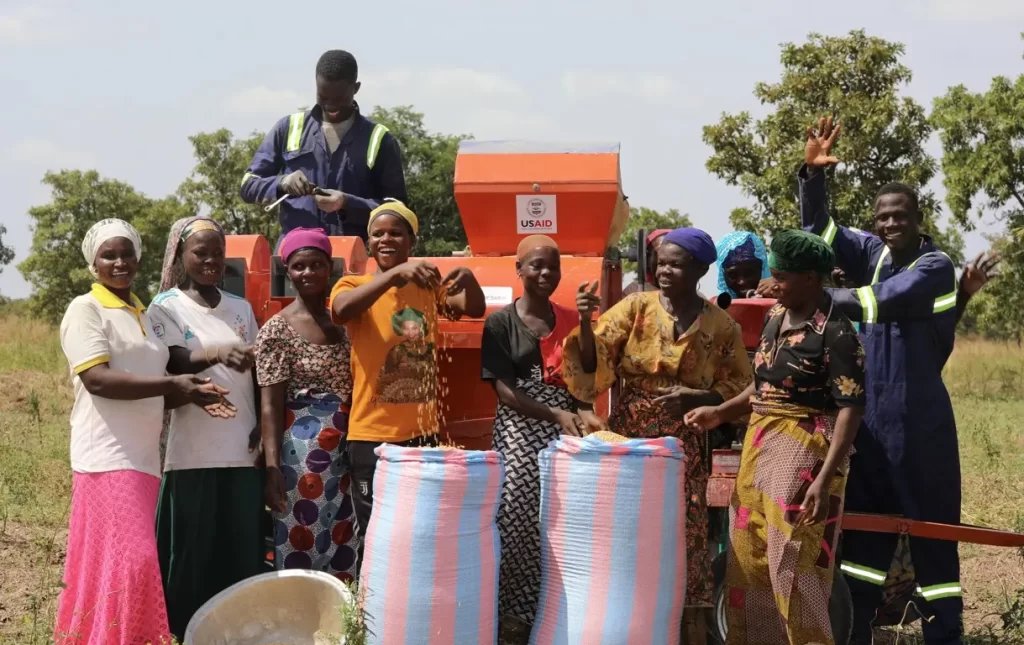In the rural communities of northern Ghana, something remarkable is unfolding. Women entrepreneurs are stepping into roles traditionally reserved for others, shaping a future where farming is more efficient, sustainable, and inclusive. Thanks to our recent project with support from AGRA and iDE, these women entrepreneurs are turning everyday challenges into stepping stones toward progress. Farming in this region has long been hindered by post-harvest losses and limited access to modern tools. Post-harvest grain losses in Ghana can reach up to 30%, significantly impacting smallholder farmers’ incomes. Without access to efficient cleaning technology, many farmers struggle with contamination, pest infestation, and low market prices. The lack of modern grain-cleaning solutions has made it difficult for them to compete in the agricultural market, trapping them in a cycle of inefficiency and financial strain.
Recognizing this challenge, and with the support of AGRA and iDE, we have introduced advanced grain-cleaning technology tailored to the needs of these smallholder farmers. This initiative has provided modern, cost-effective cleaning machines that remove dust, stones, and other impurities, improving the quality of stored grain and increasing its market value. The deployment of the three grain cleaners and two multi-crop threshers is expected to significantly reduce post-harvest losses from 30% to under 2% while enhancing crop quality.


This initiative is designed to create sustainable economic opportunities, potentially increasing the incomes of participating farmers by up to 25% each season. Each grain cleaner will employ one young person as an entrepreneur and one person as a machine operator, while each multi-crop thresher will employ one young woman as an entrepreneur and two young people as machine operators. Farmers can now sell cleaner grain at 20–30% higher prices. With higher-quality grain, farmers can tap into more lucrative local and regional markets.
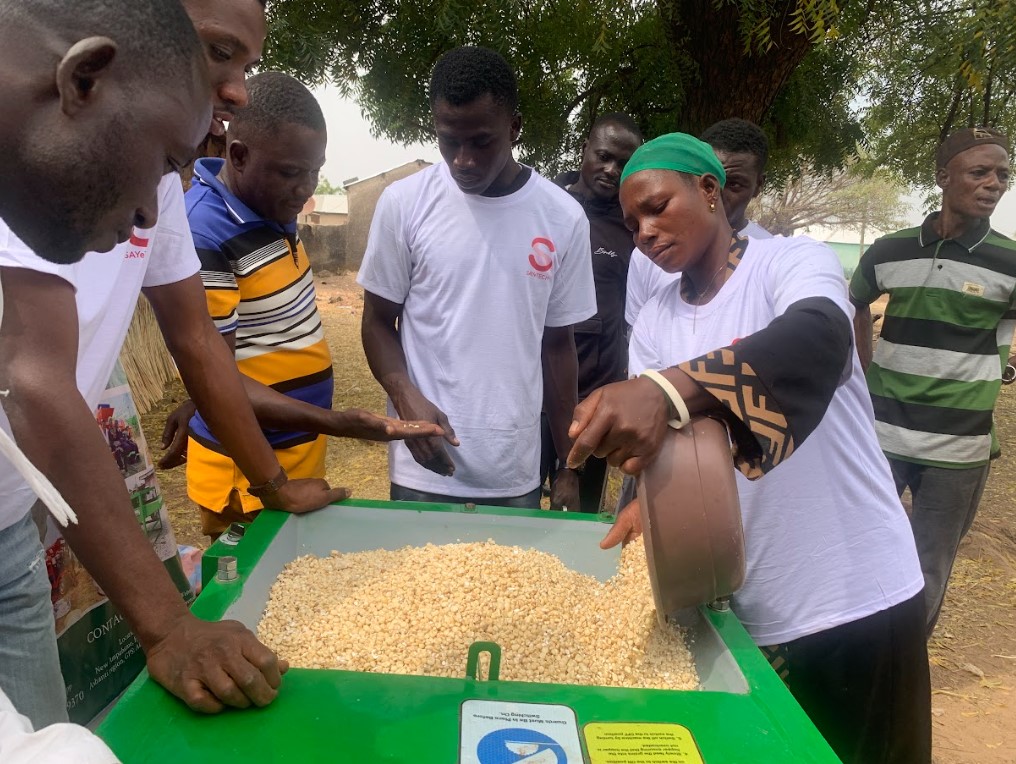
For Shei Memunatu, a maize farmer in Zang, the difference has been life-changing.
“Before, I struggled to sell my grain because buyers complained about impurities. With the new cleaning machine, I now get better prices and more customers.”
Farmers like Memunatu are now seeing real benefits, with some doubling their earnings thanks to improved grain quality.
On 12th December, 2024, over 500 farmers were equipped with the SAYETECH‘s multi-crop and grain cleaner and were educated on how to employ these equipment to enhance post-harvest practices. The project also involved the capacity building of 3 young women entrepreneurs, as well as the selected 3 young men as machine operators from Zang community, Nakpachie community and Yendi town. The purpose of this training was to build the capacity of the operators to ensure that they are well trained on the use and operation of these grain cleaners and they are able to provide grain cleaning services for the women in their communities.
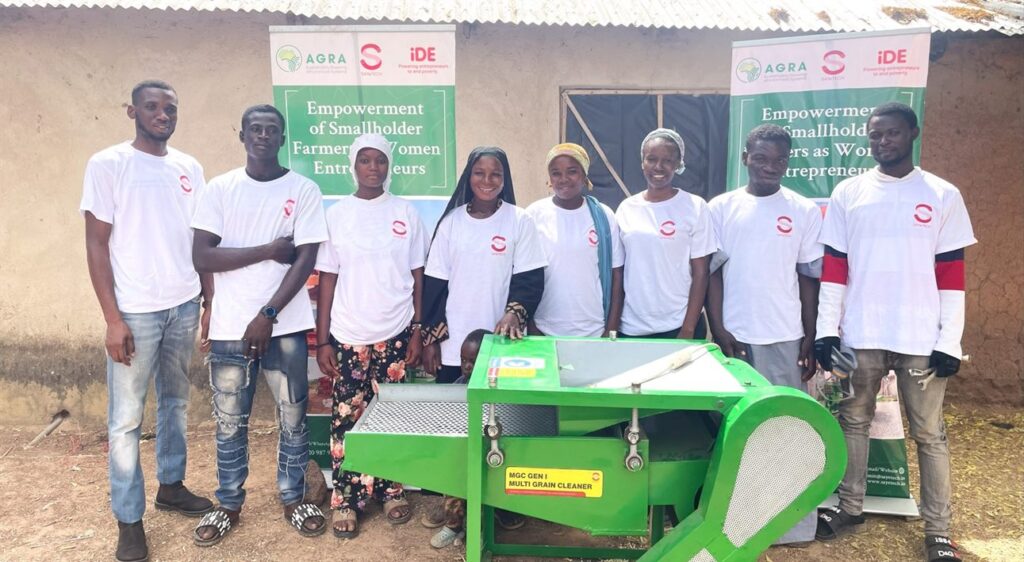
The project is currently ongoing, with beneficiaries actively using the machines to serve their communities. These grain cleaners and multi-crop threshers are already making a difference, helping farmers save precious time during the post-harvest season and improving the overall quality of their produce.
As we move forward, SAYeTECH remains committed to monitoring progress and supporting the beneficiaries to maximize the impact of these tools.
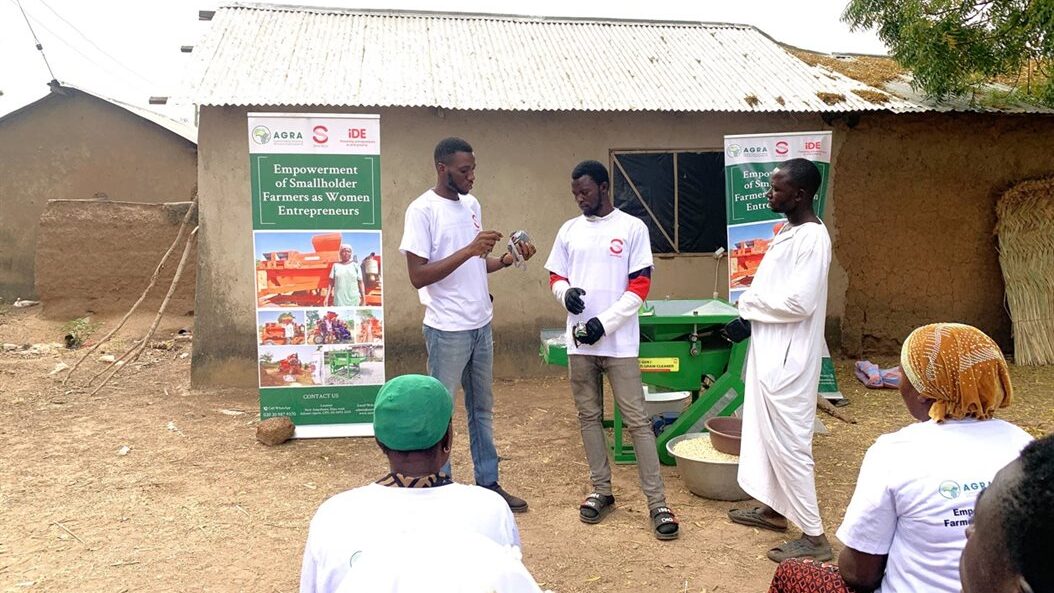

This milestone wouldn’t have been possible without the support of our partners, AGRA and iDE. Their commitment to empowering communities and fostering sustainable agriculture has been instrumental in driving this change. We also extend our gratitude to the communities who have welcomed us with open arms and trusted us to help them on their journey.
Our doors remain open to other partners and clients eager to join us in the mission to revolutionize farming using smart post-harvest machinery. Together, we can tackle post-harvest challenges, reduce inefficiencies, and empower more farmers—not just in Africa but globally.
Stay connected with SAYeTECH for more updates, and let’s continue transforming agriculture, one community at a time.
